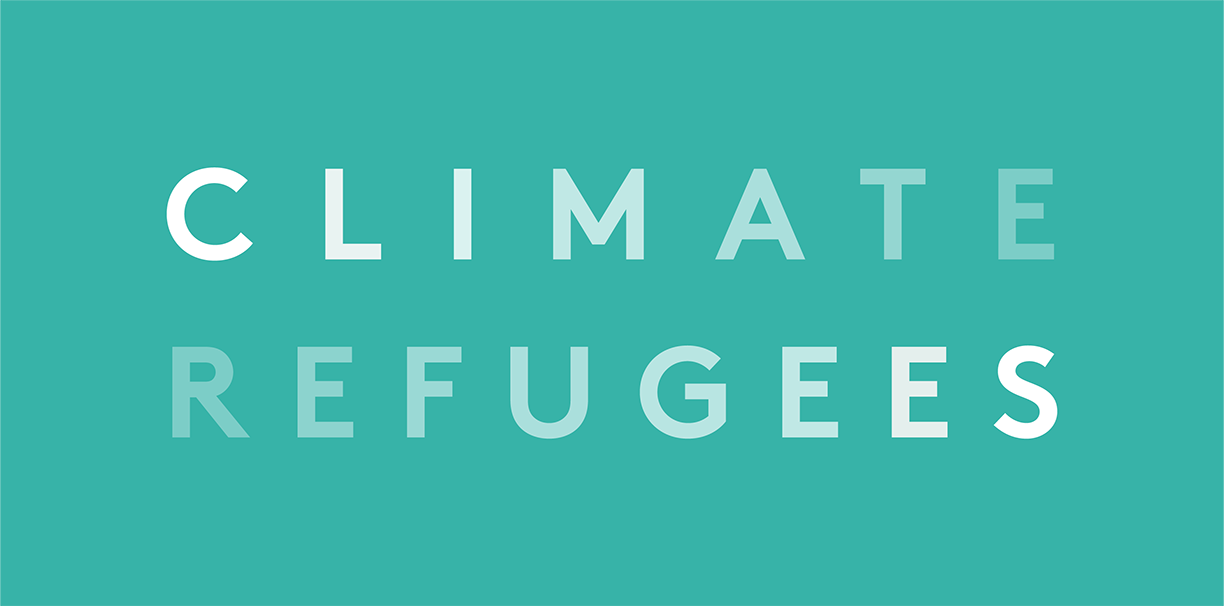On February 4, President Biden issued an Executive Order on refugees, including planning for the impact of climate change on migration. The President asked for an inter-agency report within 180 days, wanting to better understand: the security implications of climate-related migration; options for protection and resettlement of individuals displaced directly or indirectly; mechanisms for identifying and referring such individuals; proposals for how findings should affect US foreign assistance; and opportunities to work collaboratively with states, international organizations, NGOs and others.
The lack of a global governance mechanism remains the main impediment to effective short-term and long-term solutions, but absent one is no longer an excuse for policy inaction. The 1951 Refugee Convention offers protection to those fleeing conflict who face persecution along grounds of race, religion, nationality, membership in a particular social group or political opinion, when their states are unable or unwilling to protect them. With challenges attributing climate change as cause and legal gaps that do not address the not-so distinct line between voluntary and forced movements in the context of climate change, there is a need to better understand the complex and multi-causal drivers of forced migration, as well as its disproportionate effects in fragile settings.
Press release here





